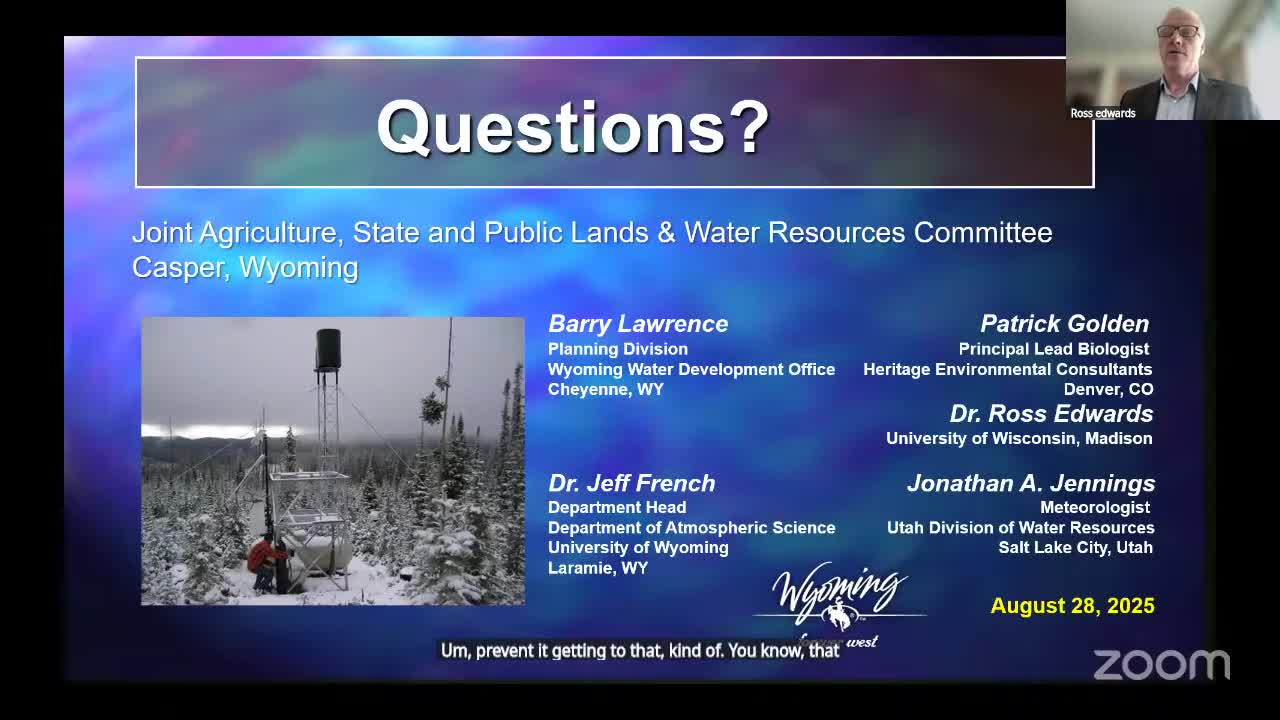
This article was created by AI using a video recording of the meeting. It summarizes the key points discussed, but for full details and context, please refer to the video of the full meeting. Link to Full Meeting
One of the primary concerns raised was about silver ions and their toxicity to certain organisms. Experts noted that while silver can be harmful in concentrated forms, it is unlikely to exist in a harmful state in the natural environment. The discussion highlighted that even if humans were to consume silver nanoparticles, the effects would be more cosmetic than lethal, with extreme cases leading to skin discoloration rather than serious health risks.
The committee also examined the presence of paradichlorobenzene, a compound historically found in mothballs and still used in some products. The estimated exposure levels in Wyoming were deemed minimal, with annual emissions calculated to be significantly lower than what one might encounter in everyday items, such as bridal cakes.
Additionally, sodium chloride was discussed as an oxidizer that could impact environmental conditions. The worst-case scenario for exposure was calculated to be less than what residents might experience during Fourth of July celebrations, indicating that the risks associated with these compounds are relatively low.
Overall, the meeting underscored the importance of monitoring chemical use in agriculture while reassuring the public about the minimal risks posed by certain substances. As Wyoming continues to navigate agricultural practices and environmental safety, these discussions will play a crucial role in shaping policies that protect both the land and its residents.
Converted from Joint Agriculture, State and Public Lands & Water Resources, August 28, 2025 - PM meeting on August 29, 2025
Link to Full Meeting
Comments
View full meeting
This article is based on a recent meeting—watch the full video and explore the complete transcript for deeper insights into the discussion.
View full meeting